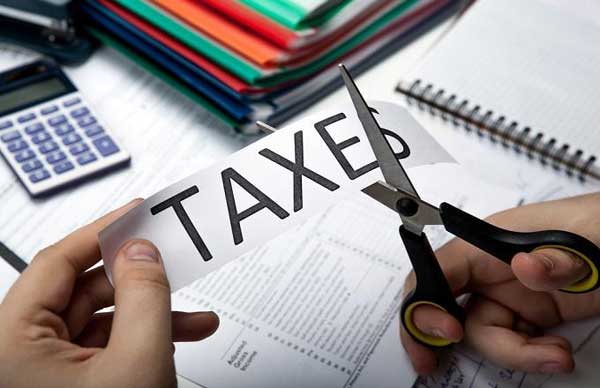
Two things are guaranteed in life: taxes and death.
While you can’t control death, you could control how much you pay in taxes, reports the Investopedia.
That’s particularly true for dividend investors.
After all, if you don’t manage your tax exposure, the income you get from your dividend paying stocks could eat away at your investment gains.
While no one can avoid paying taxes altogether, there are some tax implications dividend stock investors have to pay attention to.
From housing the investments in the wrong account to not taking advantage of tax loss harvesting here’s a look at some of the tax impacts of dividend investing.
KEEP THE INVESTMENTS IN TAX-ADVANTAGED ACCOUNTS
One of the allures of dividend stocks is that they pay their investors some cash.
That is very attractive to income seeking investors in a low interest rate environment.
After all, the traditional income investments like bonds aren’t seeing much gains in the current environment, which is why investors are turning to dividends.
But if those dividend stocks aren’t in a tax-advantaged investment account like a 401 (K) or an IRA, the gains are going to be taxed.
That could be a big deal, particularly for wealthy investors who are in one of the higher tax brackets.
When it comes to dividends, there are two tax treatments. The income is either taxed as a qualified dividend or an ordinary one.
A qualified dividend is going to be more attractive because it’s taxed at a lower rate.
For it to be a qualified dividend it has to be issued by a US company or a foreign one that trades on a major US exchange and you have to own the shares for more than 60 days of the holding period.
If you are in the 35 per cent tax bracket, a qualified dividend is going to be taxed at 15 per cent.
But if it is an ordinary dividend it will be treated as ordinary income, which means the tax hit is the same as any other income.
So if you were in the 35 per cent tax bracket, you would face a 35 per cent tax hit.
In either case, a better strategy is to keep the dividend paying investments out of taxable accounts and hold them in retirement accounts to avoid a big tax event.
REINVESTED DIVIDENDS CAN CREATE A TAX EVENT
Some of the companies that offer investors dividends will also let them automatically use dividends to purchase more shares of the stock instead of receiving cash payments.
Called dividend reinvestments, investors whose dividends are reinvested into more shares of the stock, won’t be on the hook for a tax event.
That’s because stock dividends aren’t usually taxable until the stock is sold.
But if the dividend is reinvested and then the investors gets a cash payout instead of stock it will create a tax event.
If there is a choice between cash or stock, then the investor faces a tax event even when choosing stock dividends.
CAPITAL GAINS CAN HURT YOUR RETURNS
The whole idea behind investing is to make money, and dividend stocks can do that for you.
But they can also create a capital gains tax event, which will reduce the gains you’ll realize.
That is why tax loss harvesting can be an important tax strategy.
With tax loss harvesting you sell a holding a loss to offset the gains you generated from the sale of a winning stock.
There are some rules investors need to be mindful of.
For instance, they can’t sell and purchase the same stock again within 30 days of selling it because it’s considered a wash.
And while many people engage in tax loss harvesting at the end of the year, it’s something that can be done periodically throughout the year.
THE BOTTOM LINE
Investors shouldn’t make decisions based on taxes alone, but they should be mindful of the potential tax event from their decisions, particularly when it comes to dividends.
To ensure your tax hit isn’t eating away at your gains, investors should invest in qualified dividends, keep income investments in tax-advantaged investment accounts and engage in tax loss harvesting to offset winners with losers.
BBN/SK/AD